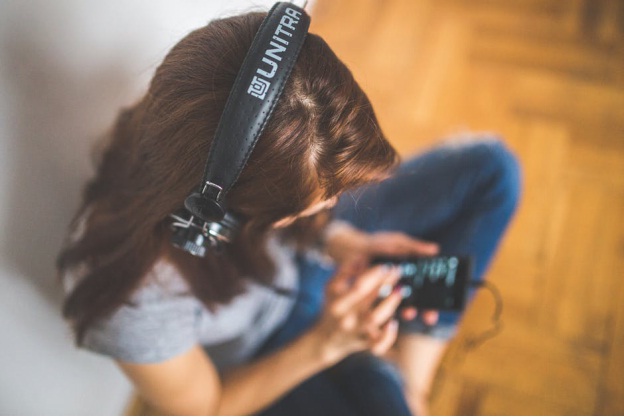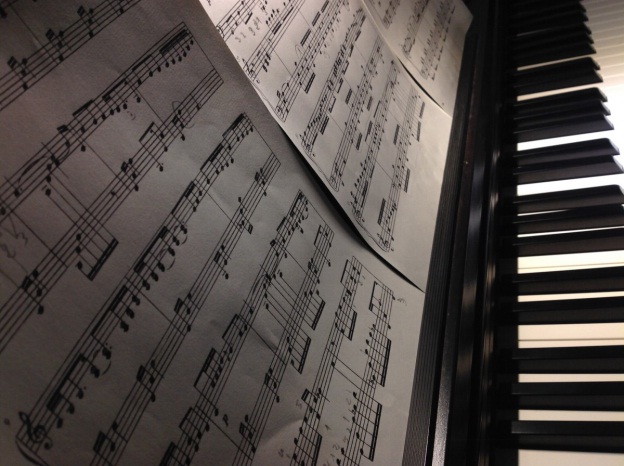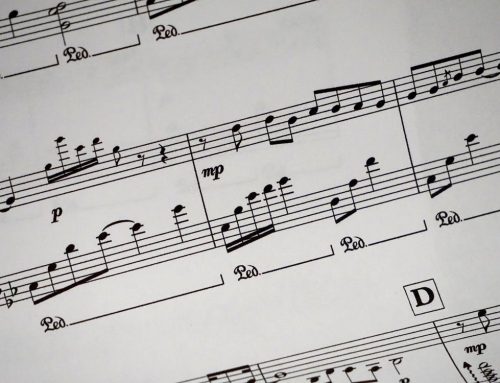The idea of making your own music as a beginner can be intimidating. The trick is to start off simple and then work your way up to more layered pieces.
Keep in mind that good music doesn’t need to be complex. Whether it’s Stevie Wonder’s Superstition or Ed Sheeran’s Shape of You, both have pretty straightforward melodies but they make awesome songs. All you really need to make music is a good ear, creativity and some inspiration!
Here’s a basic guide to composing music for beginners:
Gather your materials
Making and keeping track of music requires the following:
- A recording instrument of some sort. Nowadays you can just use the recorder on your phone.
- Somewhere you can notate your music. This used to be done on music sheets but today most people use music notation software.
- A musical instrument. Experts may be able to make music without having an actual musical instrument but as a beginner it’s best to have an easy-to-use instrument with you.
Prepare yourself
Playback your favorite songs a few times and identify patterns in them that you like. What sort of mood are you hoping to achieve with your song? This will narrow down the keys you use. Do the pitches and/or rhythms repeat? Attempt to recreate your favorite parts with your own twist just to get the hang of things.

Step 1 – Music Genre
Decide on the genre of music you’d like to work on because it provides you with direction.
Step 2 – Decide on the form
Every genre of music has its own form. This refers to the number of sections your musical piece has and if it contains repeated sections or contrasting sections.
Step 3 – Play with your ideas.
Once you’ve decided on the mood, genre and form of your piece, you can begin to experiment with ideas. Hum, sing, write down some lyrics – do whatever you need to get going.
Step 4 – Play it back
When you’ve completed a section, play it back and listen carefully for what needs to be done next. Does it need to be changed? Do other instruments need to be added?
Step 7 – Devise a contrasting section
Most songs have a section that is different from the rest. This contrast section makes the piece more interesting. Think of the “bridge” in pop and rock songs and how it changes up a song – this is what you would need from a contrasting section.
Step 8 – Bring it all together
When you’ve developed a few sections, arrange them to create your place and see how it all sound. Does it work or do changes need to be made?
Music notation software has completely transformed the way music is created. The process is more simplified and much quicker. Music Jotter’s music notation software makes making sheet music easy. With our music notation software, making notations, writing/rewriting, playback and sharing music is simple.
Download our free demo to see how it works and order the software today!






